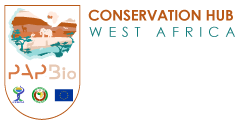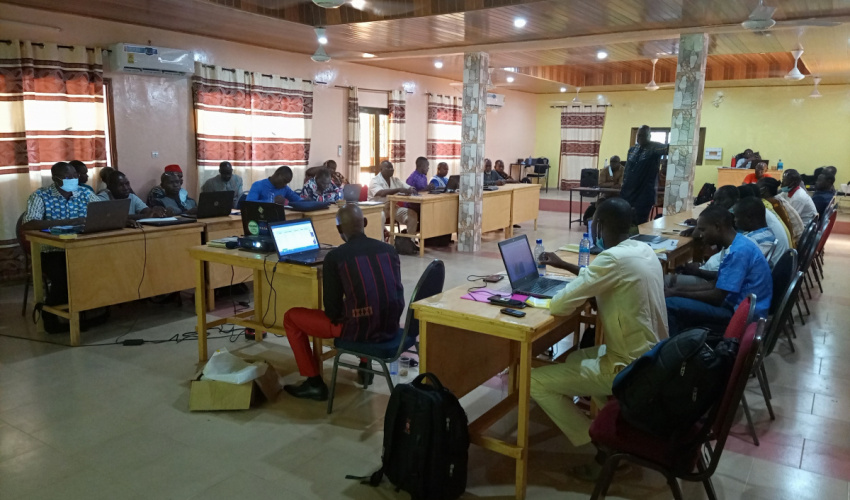Within the framework of the implementation of the Regional Governance of Protected Areas in West Africa project, it is planned to deploy the Integrated Management Effectiveness Tools (IMET).
This action is planned as a priority in the protected areas concerned by the implementation of the PAPBio program (Support Program for the Preservation of Biodiversity and Fragile Ecosystems, Environmental Governance and Climate Change in West Africa), namely, the Nazinga Classified Forest and Game Ranch, the Sissili Classified Forest, the Comoé National Park, Mount Tingui, the Gourma Biosphere Reserve, the Molé Park and the Kaboré Tambi National Park
With this in mind, the project organized a training session on the IMET tool for actors in the region from March 1 to 5 and March 9 to 10, 2021, by videoconference, in order to increase the number of coaches who can effectively organize IMET campaigns.
Due to the health situation related to the COVID-19, the virtual option was preferred for the theoretical part of the training, which will be complemented by practical exercises on the sidelines of the planned data collection campaigns.
Since June 6, 2021, the Regional Governance of Protected Areas project is organizing a series of IMET data collection campaigns on several sites in different countries.
To date, four (4) IMET data collection campaigns have been conducted respectively in Burkina Faso (Nazinga Classified Forest and Game Ranch from June 7 to 11, 2021, and the Sissili Classified Forest from June 16 to 20, 2021) and in Côte d’Ivoire (Comoé National Park, from July 5 to 9, 2021 and Mount Tingui, from July 12 to 16, 2021).
These campaigns involved various actors from the central and local levels. The local level actors were the site management teams, the administrative and customary authorities, and the communities living near the sites concerned. The central level was represented by the administration in charge of protected areas and/or the General Directorate of Water and Forests.
The participation of these different actors was very important for the capitalization of the information collected. During the five days of IMET campaigns at each site, facilitated by the senior and junior IMET coaches, the discussions were enriching and made it possible to collect as much information as possible about each site.
For all the campaigns, the first phase involved training, raising awareness of the IMET tool and pre-filling the tool to facilitate data collection. The second phase consisted of the actual collection of data in the presence of all the actors involved. The last step was the analysis of the synthetic graph of the evaluation presented by the IMET tool. This graph is obtained by combining all the data collected during the campaign. It synthesizes all the information collected during the campaign and gives a score to each element of the IMET management cycle, namely the management context, planning, inputs, processes, results, outcomes and impacts. These scores or values obtained will be analyzed in order to make available relevant information for improving the management of each protected area.
The summary report containing the recommendations resulting from these campaigns will be transmitted to the authority in charge of each protected area for better decision making aimed at improving the management of protected areas. These data will also be used to feed the Regional Observatory for Biodiversity and Protected Areas in West Africa (OBAPAO) in order to constitute a database that can facilitate decision-making with the aim of improving the effectiveness of protected area management. The same will apply to the updating of the World Database for Protected Areas (WDPA).
As a reminder, IMET is a tool for assessing the management effectiveness of protected areas. It helps structure and organize data collection to facilitate management assessment and subsequent analysis for priority identification. The IMET tool supports decision-making and a results-based approach. Beyond the site assessment aspect, it helps to encourage stakeholder participation and ensure capacity building of protected area staff.
Additional IMET data collection campaigns are planned at several sites in the coming months.
 English
English
 Français
Français 
